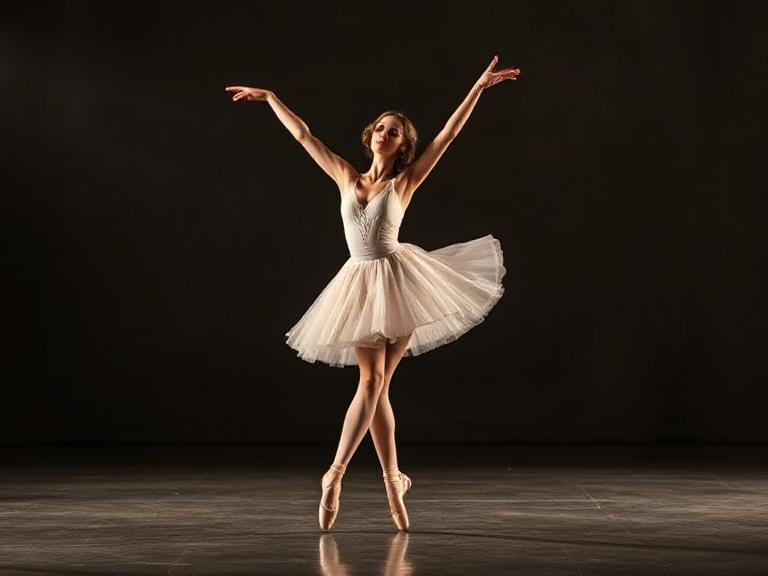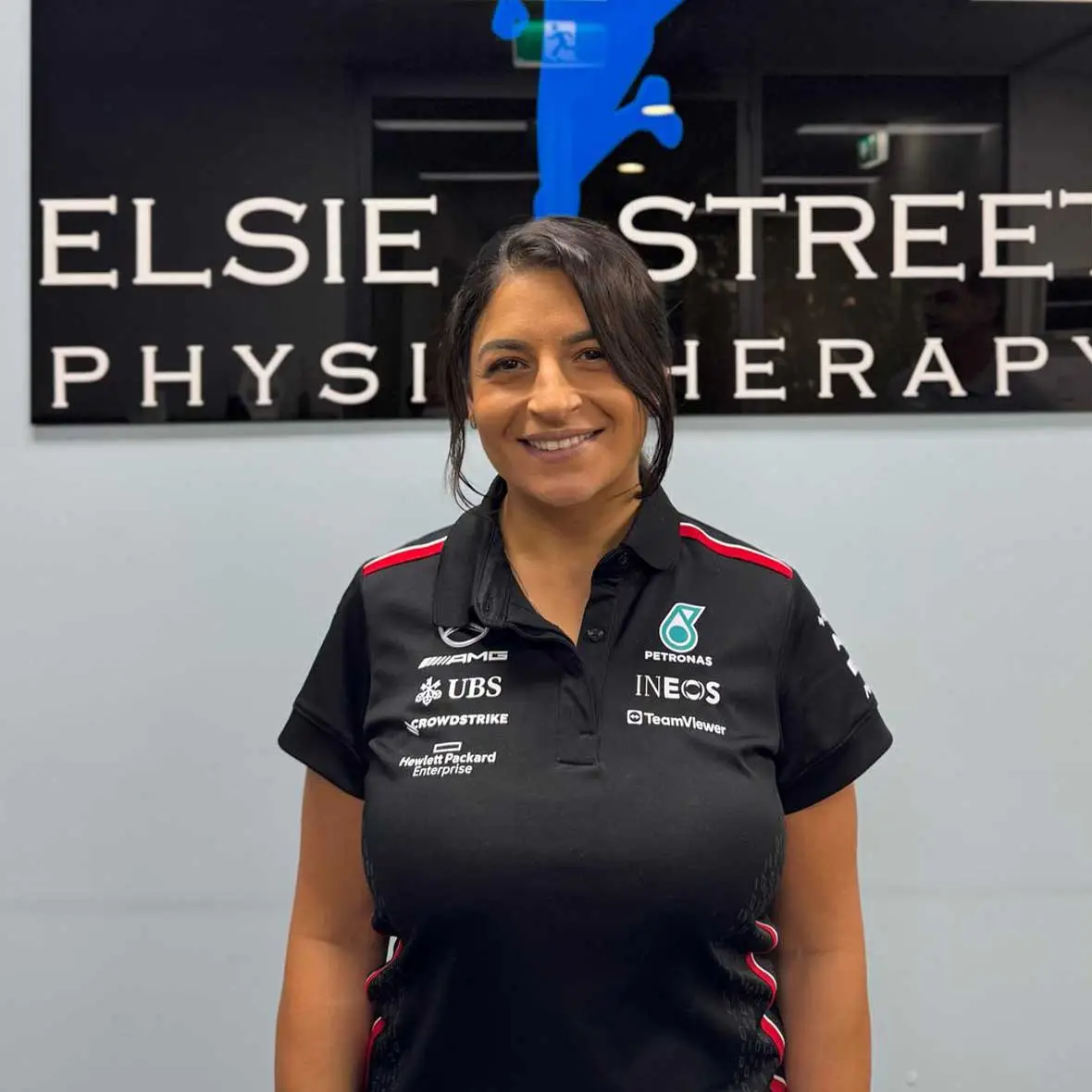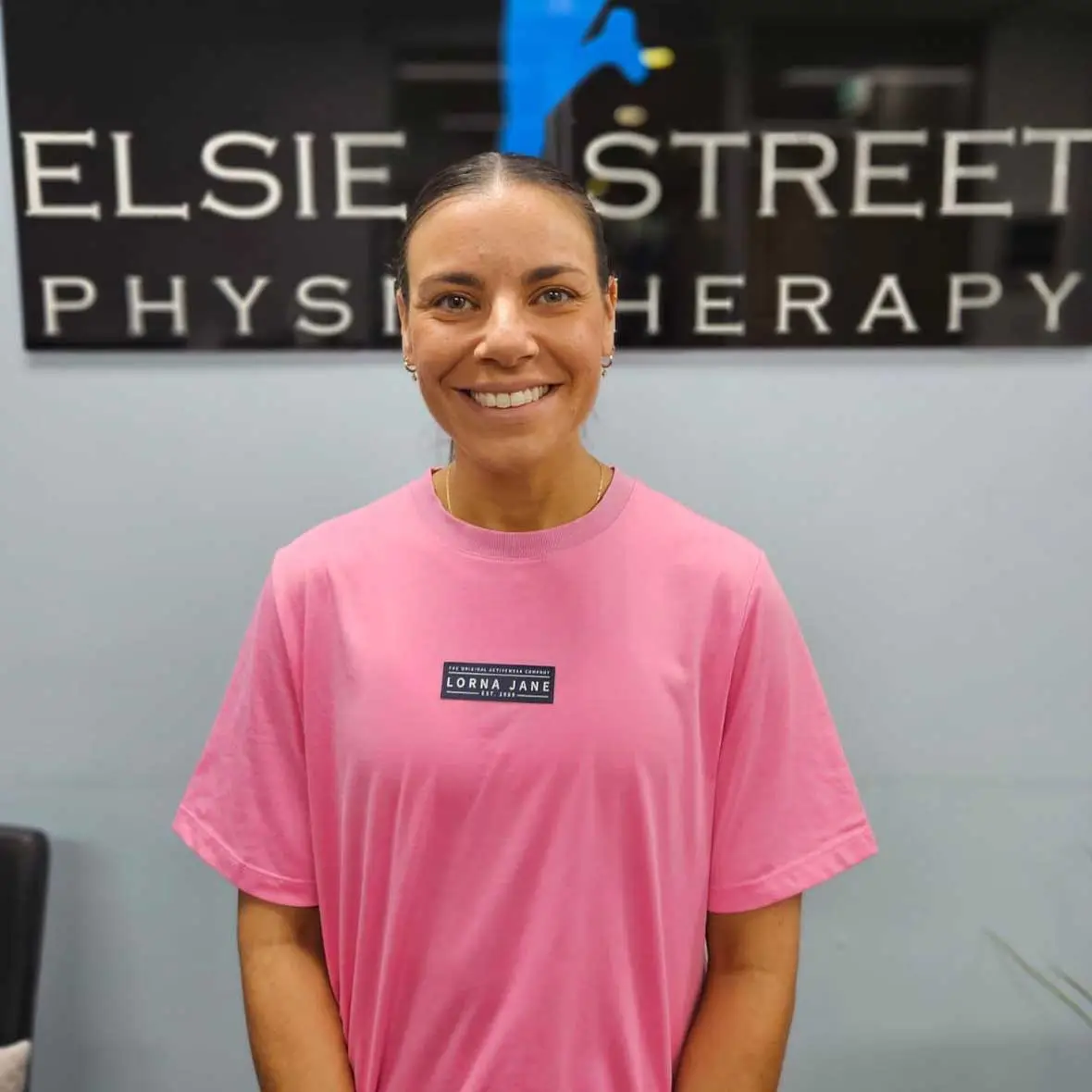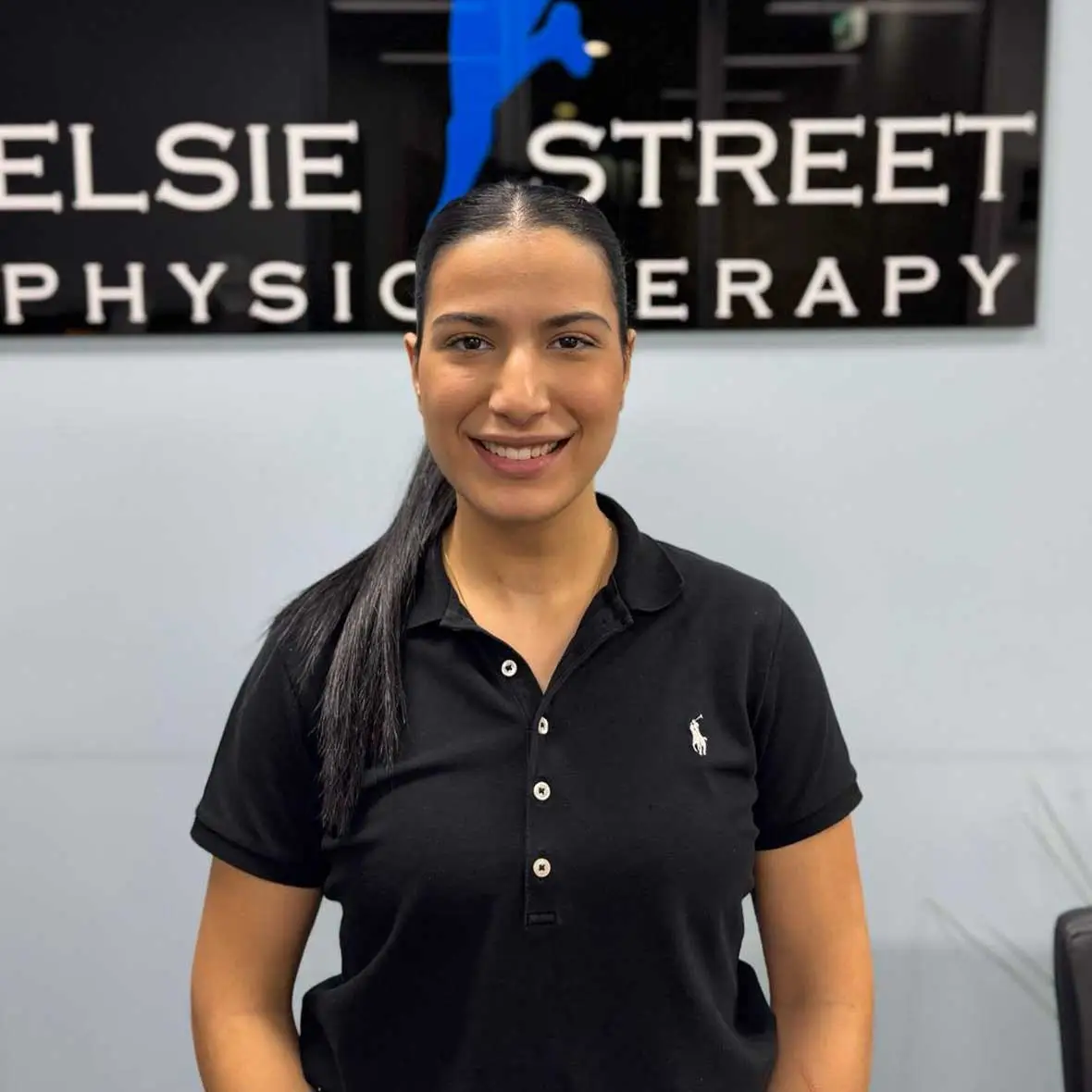About Ballet Pointe Assessments
Ballet pointe assessments are evaluations conducted to determine whether a dancer is physically and technically ready to begin dancing on pointe (dancing on the tips of the toes). These assessments are important to ensure that the dancer’s body is properly developed and able to handle the physical demands of pointe work without injury.
Here are the key factors typically assessed:
- Physical Readiness
- Body alignment & posture
- Muscular development
- Technical skills
- Age considerations
Frequently Asked Questions
What factors are assessed during a pointe evaluation?
A pointe assessment evaluates:
Foot and ankle strength and flexibility.
Muscular development (especially in the legs and core).
Alignment and posture (correct placement of the body).
Technical ability in basic ballet movements.
Balance and stability.
Can a dancer skip the pointe assessment if they feel ready?
Even if a dancer feels ready, skipping the assessment can increase the risk of injury. The assessment ensures that the dancer has the necessary strength, alignment, and technique to dance safely on pointe.
How do I know if my feet are strong enough for pointe work?
Strong feet are essential for pointe work. Signs of strength include the ability to maintain correct alignment and balance on demi-pointe (half-toe) and proper use of the foot muscles in exercises such as relevé and plié.
Do pointe shoes have to be fitted during the assessment?
While the assessment itself focuses on a dancer’s physical readiness, pointe shoes are often fitted after the assessment to ensure they support the dancer properly. A good fitting is crucial for comfort and safety.






